How To Make Pasta With Classic Basil Pesto
This post may contain affiliate links (disclosure).
If you’re looking for a quick, flavorful meal that will transport your taste buds straight to Italy, this pasta with classic basil pesto is the perfect choice! With fresh basil, garlic, Parmesan cheese, and olive oil, this homemade pesto is bursting with rich, vibrant flavors. Plus, this easy vegetarian dish comes together in just 15 minutes, making it ideal for busy weeknights or a simple yet satisfying dinner.
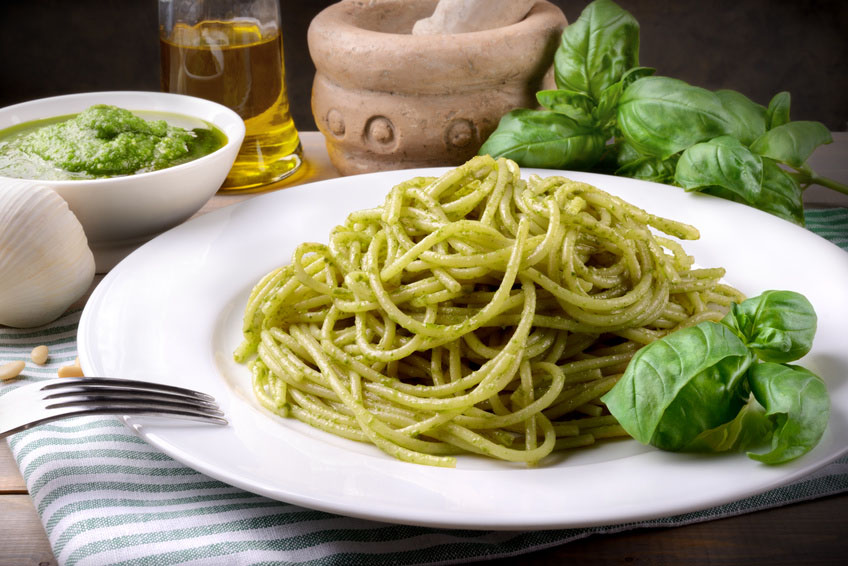
Pasta with pesto is very easy to make. All you need to do is boil the pasta according to package directions, and while the pasta is boiling, make the pesto!
Why You’ll Love Pasta With Classic Basil Pesto
- Quick and Easy: This dish comes together in just 15 minutes! It’s perfect for busy weeknights when you want something flavorful without spending hours in the kitchen.
- Fresh and Flavorful: The homemade pesto, made from fresh basil, garlic, and Parmesan, creates a vibrant and aromatic sauce that makes every bite irresistible.
- Healthy and Nutritious: Packed with heart-healthy olive oil, fresh basil, and nutrient-rich pine nuts, this pesto is full of antioxidants and good fats, making it both delicious and nutritious.
- Customizable: You can adjust the amount of pesto to suit your taste, or even substitute the pine nuts with walnuts or almonds if you prefer a different flavor profile.
- Perfect for Entertaining: Impress your guests with a beautiful and flavorful dish that looks and tastes like it came from an Italian restaurant, but is simple enough to make at home!
Making the pesto is very easy and doesn’t require any cooking. Pesto is made in a food processor – just put all ingredients in a food processor, press the button and everything will be chopped together to make a green pesto.
Pesto is full of vitamins and anti-oxidants because of all the healthy ingredients that go into it. Classic basil pesto is made out the following ingredients: basil, garlic, parmesan cheese, olive oil and pine nuts. If you are concerned about the calories in a pesto, just use less pesto in your pasta – a little pesto goes a long way!
Ingredients for Pasta with Classic Basil Pesto
- Fresh Basil – The star of the pesto! It provides that fragrant and distinct flavor.
- Garlic – Adds a bit of spice and depth to the pesto sauce.
- Parmesan Cheese – Gives the pesto a rich, salty taste and creamy texture.
- Extra Virgin Olive Oil – The base of the pesto, binding all the ingredients together and adding smoothness.
- Pine Nuts – Adds nuttiness and richness to the pesto. Feel free to substitute with walnuts if preferred.
- Pasta – Any type of pasta works, but spaghetti, penne, or fusilli are great options to pair with pesto.
For the exact measurements of the ingredients, see the printable recipe card at the bottom of this article.
Once the pasta finishes cooking, drain it and toss it with the pesto. Pasta with classic basil pesto is a yummy vegetarian dinner that takes less than 15 minutes to make from start to finish!
Kitchen Tools You Need to Make Pasta with Classic Basil Pesto
- Food Processor – Essential for blending the basil, garlic, Parmesan, olive oil, and pine nuts into a smooth pesto.
- Large Pot – For boiling the pasta.
- Colander – To drain the cooked pasta.
- Measuring Cups and Spoons – To measure the ingredients accurately for the pesto.
- Wooden Spoon – To toss the pasta with the pesto and combine everything evenly.
If you are looking for more vegetarian pasta recipes, check out my easy vegetarian pasta alfredo recipe.
How To Make Pasta with Classic Basil Pesto
- Boil the pasta in a large pot according to the package instructions until al dente.
- While the pasta is cooking, make the pesto by combining fresh basil, garlic, Parmesan cheese, pine nuts, and olive oil in a food processor. Blend until smooth.
- Once the pasta is done, drain it using a colander.
- Return the drained pasta to the pot and toss it with the freshly made pesto until the pasta is evenly coated.
- Serve the pasta immediately and enjoy the rich, fresh flavors of the basil pesto!
Serving Suggestions
- Serve your pasta with a fresh side salad, like a simple arugula or mixed greens salad, dressed with a light vinaigrette.
- Add some freshly grated Parmesan or Pecorino Romano on top for an extra layer of cheesy goodness.
- A side of challah bread is perfect for soaking up any leftover pesto sauce on your plate.
- For a heartier meal, toss in some roasted cherry tomatoes, zucchini, or bell peppers for added flavor and texture.
- A sprinkle of extra basil leaves or chopped parsley makes the dish look vibrant and adds extra freshness.
Tips For Success
- Use Fresh Ingredients: The key to an amazing pesto is using the freshest ingredients possible. Fresh basil leaves, good quality Parmesan, and extra virgin olive oil will give your pesto a bright and bold flavor.
- Don’t Overcook the Pasta: To prevent your pasta from becoming mushy, cook it until al dente (just slightly firm to the bite). Overcooked pasta won’t hold up well when tossed with pesto.
- Pesto Consistency: If your pesto is too thick, add a bit more olive oil, a tablespoon at a time, until you reach the desired consistency. The pesto should be smooth but not too runny.
- Toss the Pasta Immediately: After draining the pasta, toss it with the pesto right away. This helps the sauce stick better to the pasta and ensures even coating.
- Adjust the Amount of Pesto: Pesto is very flavorful, so you might want to start by adding less, then gradually increase to your desired taste. If you prefer a lighter dish, you can use less pesto, or add a splash of pasta water to thin the sauce without losing flavor.
- Toast the Pine Nuts: Toasting the pine nuts before blending them into the pesto enhances their nutty flavor. Just be careful not to burn them—toast them lightly on a dry pan for a minute or two until golden.
- Storage Tip: If you have leftover pesto, you can store it in an airtight container in the fridge for up to a week. Just make sure to cover the top of the pesto with a thin layer of olive oil to prevent it from browning.
Variations And Substitutions
- Swap the Pine Nuts: If you’re not a fan of pine nuts or can’t find them, you can easily substitute them with other nuts like walnuts, almonds, or even cashews. Each type of nut adds a slightly different flavor, but they all work well in pesto.
- Try Different Greens: While basil is traditional, you can switch it up by using spinach, arugula, or even kale for a different twist. These greens provide a more subtle flavor, but still create a delicious, nutrient-packed pesto.
- Make it Vegan: To make this recipe vegan, swap out the Parmesan cheese for a vegan alternative or nutritional yeast. Nutritional yeast will give the pesto that cheesy flavor without the dairy.
- Add Protein: For a heartier meal, consider adding grilled chicken, shrimp, or tofu to the pasta. These additions work well with the rich flavors of the pesto, adding both texture and protein to the dish.
- Use Gluten-Free Pasta: If you’re gluten-free, simply swap out the regular pasta for your favorite gluten-free variety. There are plenty of delicious options like rice pasta, chickpea pasta, or quinoa pasta that hold up well with pesto.
- Add Vegetables: You can boost the nutritional content by tossing in some roasted or sautéed vegetables like zucchini, cherry tomatoes, or bell peppers. They’ll complement the basil pesto and add a burst of color to your plate.
- Make it Spicy: If you love a little heat, try adding a pinch of red pepper flakes or a dash of hot sauce to your pesto. It gives the dish an extra kick while keeping the classic pesto flavor.
Storage and Reheating
- Storing Leftovers: If you have leftover pasta with pesto, store it in an airtight container in the refrigerator for up to 3 days. Make sure the pasta is completely cooled before sealing it in the container to maintain its freshness.
- Reheating: When reheating pesto pasta, it’s best to do so gently to preserve the flavor and texture. Reheat the pasta in a skillet over low heat, adding a small splash of water or olive oil to loosen the sauce as it warms. Stir frequently to prevent the pesto from drying out.
- Freezing Pesto: You can freeze pesto on its own for up to 3 months. Store it in an airtight container or freeze it in an ice cube tray for convenient single-use portions. When ready to use, thaw it overnight in the refrigerator or add the frozen cubes directly to hot pasta.
- Avoid Microwaving: While you can microwave pesto pasta, it may cause the pesto to lose some of its fresh flavor and the texture of the pasta may become mushy. If possible, use the stovetop method for best results.
Frequently Asked Questions
Can I make the pesto in advance?
Yes, you can make the pesto ahead of time. Store it in an airtight container in the refrigerator for up to one week. Be sure to cover the top with a thin layer of olive oil to prevent it from browning. You can also freeze pesto for up to 3 months. Just thaw it in the refrigerator when you’re ready to use it.
What pasta works best with pesto?
Pesto pairs well with a variety of pasta types. Classic choices include spaghetti, linguine, or fettuccine, which allow the sauce to cling to the strands. Shorter shapes like penne, fusilli, and rigatoni are also excellent, as their ridges hold the sauce well, giving you a flavorful bite every time.
Can I make this recipe without a food processor?
Yes! If you don’t have a food processor, you can use a blender to make the pesto. If using a blender, you may need to scrape down the sides a few times to ensure everything blends evenly. Alternatively, you can finely chop the ingredients by hand for a chunkier, rustic-style pesto.
Can I make this dish vegan?
Absolutely! To make the pesto vegan, substitute the Parmesan cheese with a vegan alternative or nutritional yeast. Nutritional yeast provides a cheesy flavor without the dairy, and it’s a great source of B vitamins, making it a healthy alternative.
How can I prevent my pesto from turning brown?
To keep your pesto bright green, make sure to use fresh basil and quickly store the sauce in an airtight container with a thin layer of olive oil on top. This creates a barrier from air exposure, which helps prevent oxidation and browning. If possible, use the pesto right away for the freshest flavor and color.
Other Easy Pesto Recipes
Low Carb Cheesy Chicken Pesto Bake: A delicious, low-carb casserole made with tender chicken, cheesy goodness, and fresh basil pesto for a comforting and healthy meal.
Quinoa Pesto Salad with Chickpeas and Tomatoes: This light and nutritious quinoa salad is tossed with vibrant basil pesto, chickpeas, and juicy cherry tomatoes for a perfect side dish or plant-based meal.
Homemade Radish Greens Pesto Sauce: A unique and flavorful pesto made with fresh radish greens, garlic, and Parmesan, offering a delicious way to reduce food waste.
Quick Chicken Pesto Pasta in 15 Minutes: A fast and easy weeknight meal featuring juicy chicken, tender pasta, and a rich basil pesto sauce, all ready in just 15 minutes.
Oven-Baked Pesto Chicken with Parmesan: This simple yet flavorful recipe features juicy chicken breasts baked with basil pesto and topped with melted Parmesan for a crispy finish.
Fresh Basil Pesto Recipe – Authentic Italian Pesto Sauce: A classic Italian pesto made with fresh basil, garlic, Parmesan, and olive oil for a rich and aromatic sauce perfect for pasta or dipping.
Easy Pasta Recipe With Classic Basil Pesto
Ingredients
- 2 cups packed fresh basil leaves
- 1 garlic clove
- 1/2 cup grated Parmesan cheese
- 1/3 cup extra virgin olive oil
- 1/4 cup pine nuts
- 1 lb pasta
Recommended Kitchen Tools (click the links below to see the items used to make this recipe)
- Large pot
- Wooden spoon
Instructions
- Cook pasta according to package directions.
- Put all pesto ingredients in a food processor fitted with a steel blade. Process until the pesto is smooth.
- Drain cooked pasta, then put back in a pot, add the pesto and toss pasta with pesto until combined.
More Pasta Recipes
- One-Pot Taco Pasta with Cheese
- Cheesy Sausage and Penne in One Pot
- Spicy Fajita Pasta with Bell Peppers and Onions

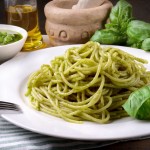
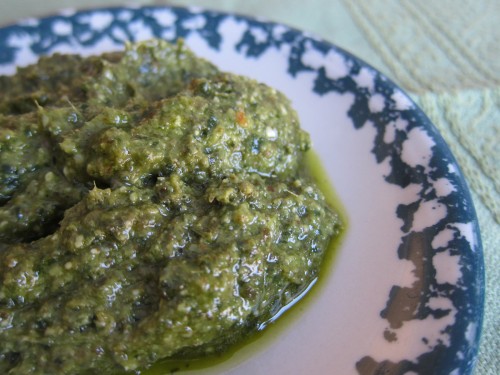
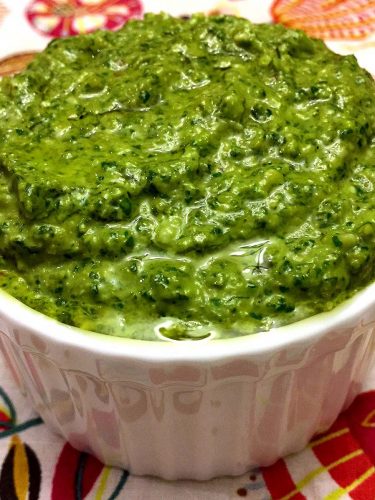
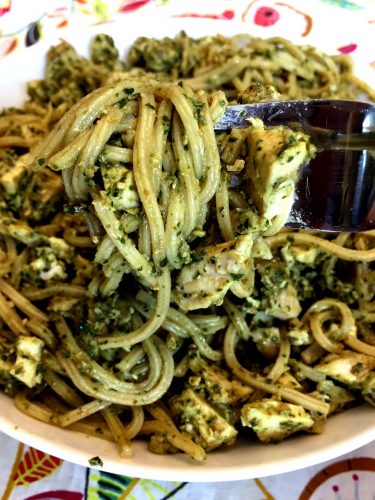

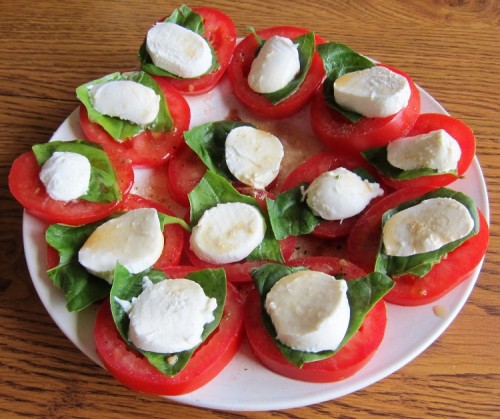
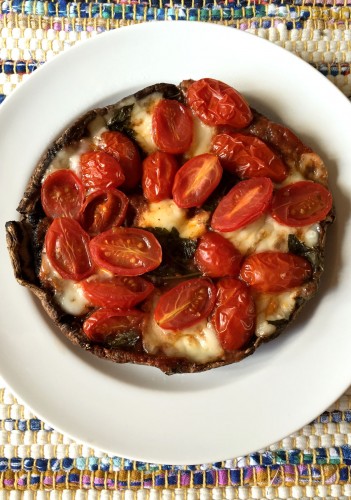
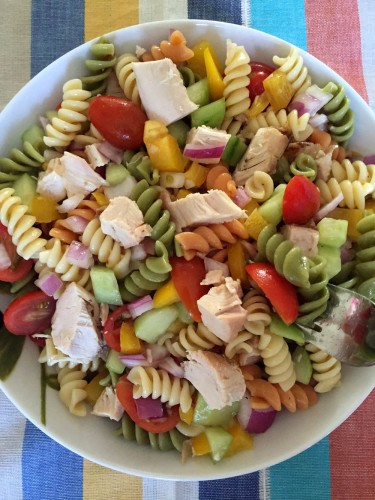
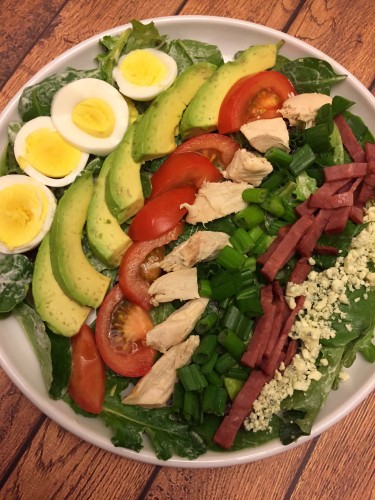
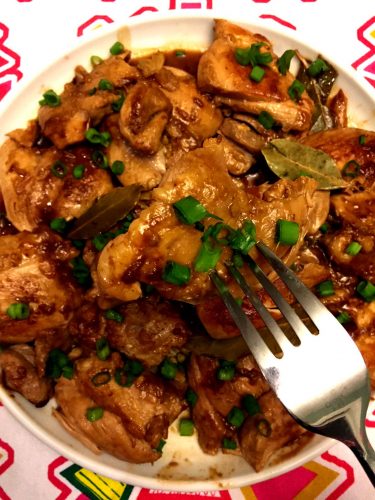
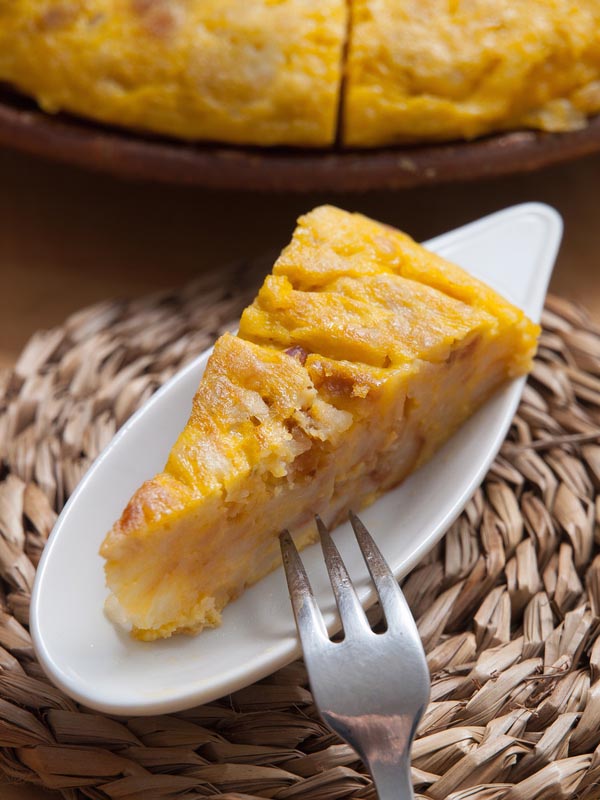
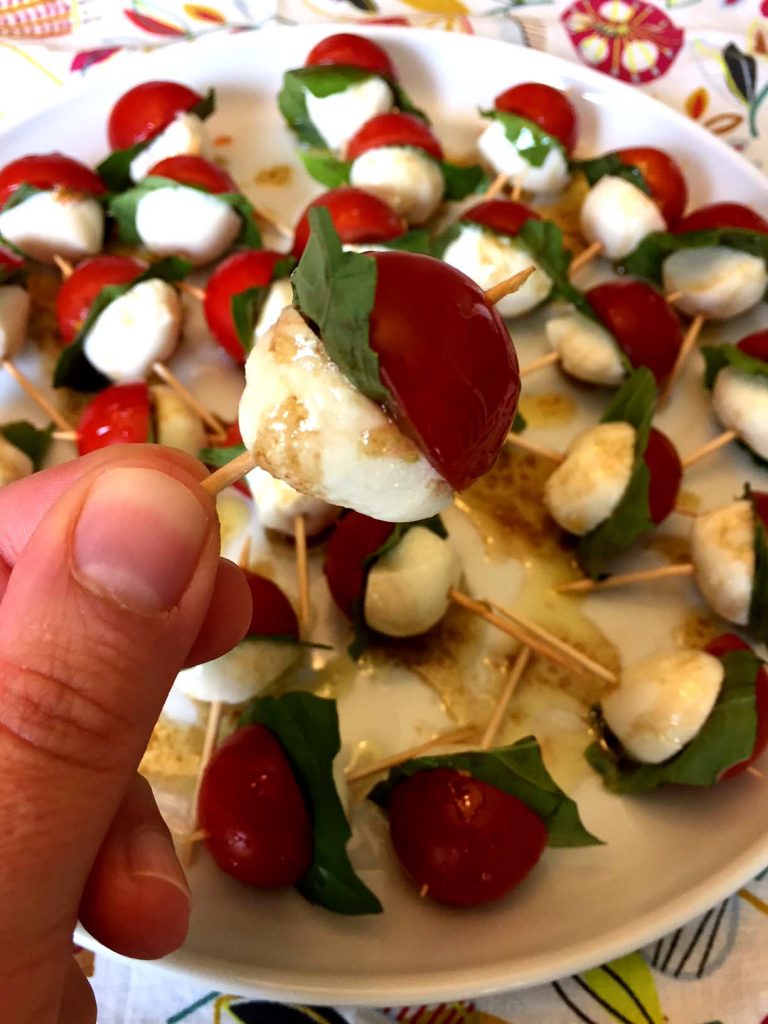
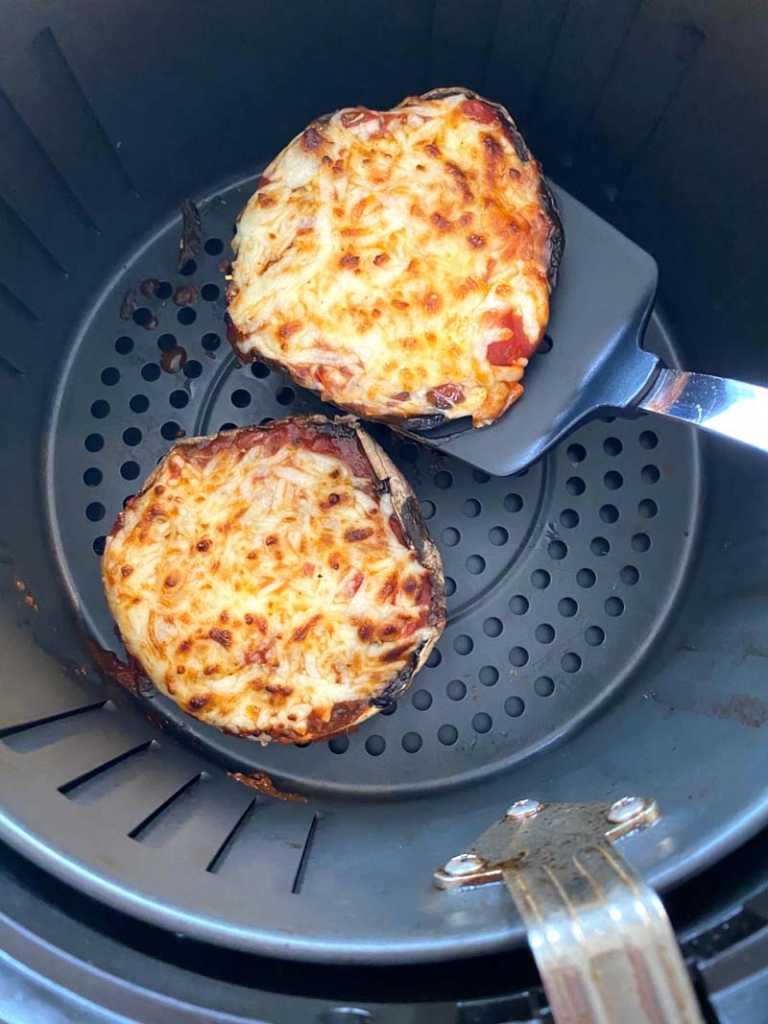
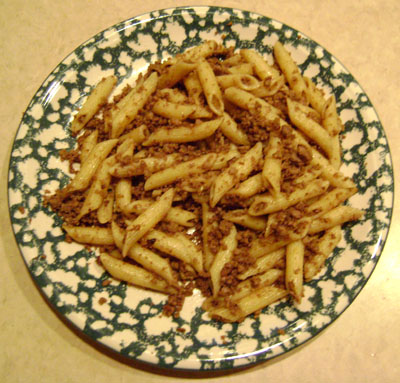

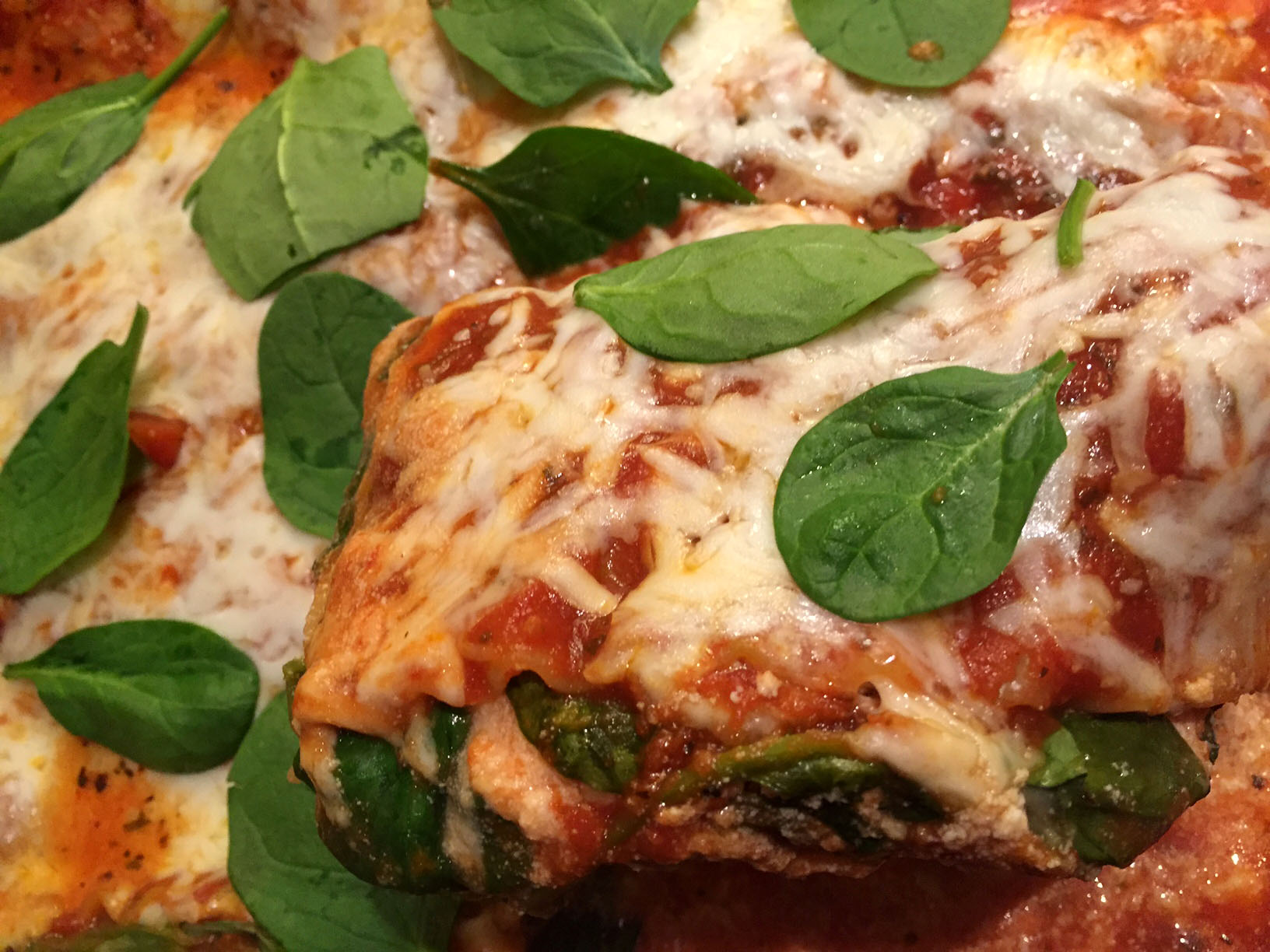
hi..want to try this but not sure if i like pine nuts? can you leave them out? and i dont have food processer…would a blender work just the same? thanks!
You can leave the pine nuts out, or you can use walnuts in a pesto instead of pine nuts. Blender will work too.
This pesto pasta was so easy and flavorful
Thanks for the vegetarian pasta inspiration simple ingredients with amazing flavor.